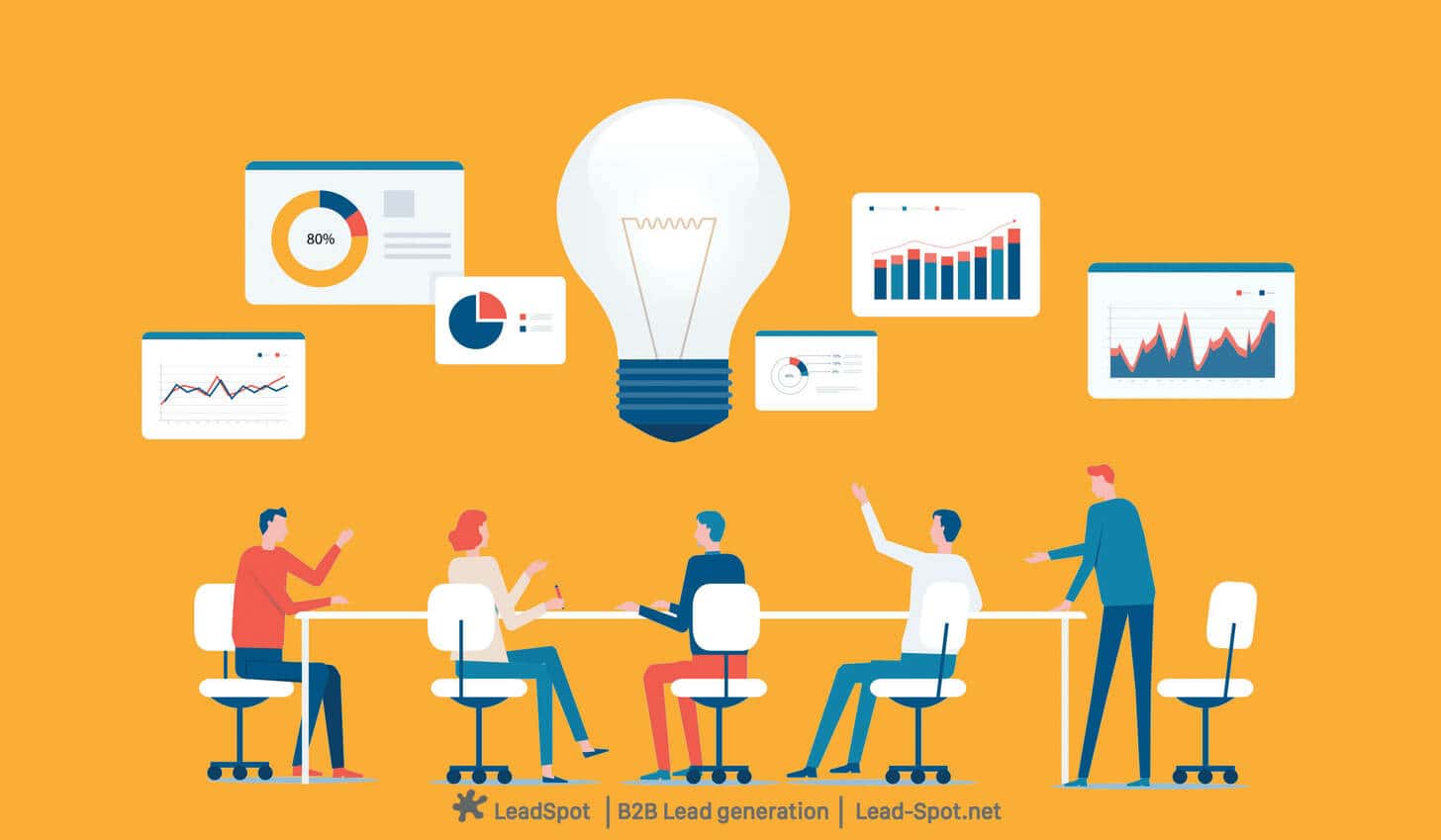By Eric Buckley, CEO of LeadSpot
Paid ads are the nicotine of B2B marketing. We all know they’re addictive, expensive, and increasingly ineffective…yet we just keep smoking.
Even with rampant fraud, rising CPCs, and painfully low ROI, most marketing teams just won’t put them down. It’s easier to blame attribution than admit the system is broken. Because it IS broken. And it has been for a while.
But what’s happening now? It might finally break the spell.

When Inefficiency Becomes Invisibility
The shift we’re seeing in Google’s search experience, specifically the rise of AI Overviews, isn’t just a cosmetic tweak. It’s a (much-needed) demolition of the classic search experience as we know it.
Organic results aren’t just moving to page 3, they’re getting drowned out completely. Buh-bye!
AI-generated summaries now dominate the top of the page. Users get the answer before they ever see a link. That means all those SEO wins, all those paid placements, all those retargeting funnels we worked so hard to perfect?
They’re becoming invisible.
Let me say that again, because it’s critical:
The problem isn’t just that paid ads are inefficient.
The problem is they’re becoming invisible.
And still, we’re renewing five-figure contracts for PPC campaigns and rank-tracking tools as if the first page of Google even exists anymore.
Are We Optimizing for Bots or for Actual Humans?
I’m asking this as someone who’s spent two decades in the lead generation trenches. I’ve watched tech evolve from email list swaps to programmatic personalization to AI-powered prospecting.
But somewhere along the way, we forgot who we were building for.
When you strip it all down, marketing is supposed to do one thing:
Earn trust from the right people.
Not impressions, not clicks, and definitely not bot traffic from third-tier ad exchanges.
Yet we’ve built entire budgets and job descriptions around metrics that mean nothing to the actual buyer journey.
Now, as AI begins reshaping how people search, discover, and validate solutions, it’s time to choose a side.
Do we keep optimizing for algorithms that change weekly?
Or do we go back to optimizing for humans?
What This Means for Demand Gen Leaders
If you’re a CMO, VP of Marketing, or Demand Gen lead at a mid-size or enterprise B2B tech company, here’s what I’d recommend:
1. Shift Your Budget Toward Content Distribution, Not Click Arbitrage
If you’ve created valuable gated content, stop waiting for people to search for it. Use content syndication to place that content where your ICP already goes to research.
Your ideal buyers are reading on niche media and trade portals…not Googling “best SaaS tool” anymore.
2. Track Engagement, Not Rank
Ranking #3 on a page that’s hidden under an AI blob isn’t visibility, it’s delusion.
Start tracking downloads, reads, time-on-page, and follow-up behavior.
3. Ask for Human Verification
At LeadSpot, we’ve doubled down on real, opt-in content leads that are verified by humans, not bots. It’s slower. It’s more deliberate. And yes, it works.
Because when AI starts hallucinating answers, real people still want to talk to real people.
We’re Not Anti-AI. We’re Anti-Bad Marketing
Let me be clear: I’m not anti-technology. I believe AI has a big role in B2B marketing.
But only when it supports human intent, not when it replaces it.
We use AI at LeadSpot every day. For enrichment, for pattern recognition, for fine-tuning GTM strategies. But we don’t let it decide what quality looks like. And we certainly don’t trust it to generate our pipeline.
Because great marketing isn’t a ranking. It’s a relationship.
FAQs
Q: Are SEO tools like Ahrefs or SurferSEO obsolete?
No, but their utility is evolving. If they don’t adapt to AI-based search realities, they’ll struggle to show true value.
Q: Should I stop running paid ads altogether?
Not necessarily. But you should reduce dependency and re-evaluate based on real pipeline impact, not vanity metrics.
Q: What’s the alternative?
Distributed, content-led lead generation campaigns that meet your buyers earlier in their journey. Preferably in trusted environments, not just search engines.
Glossary
AI Overview: Google’s new feature that summarizes answers using large language models (LLMs) above traditional organic and paid results.
TOFU: Top of Funnel, early awareness-stage marketing.
CPC: Cost Per Click, the amount paid per user click on an ad.
Syndicated Content: Gated or high-value content published on third-party sites to expand reach and generate leads.
Verified Lead: A prospect whose information and intent has been validated through human or system-based qualification.
Eric Buckley
CEO, LeadSpot
Helping B2B marketers get better leads without the ad noise

